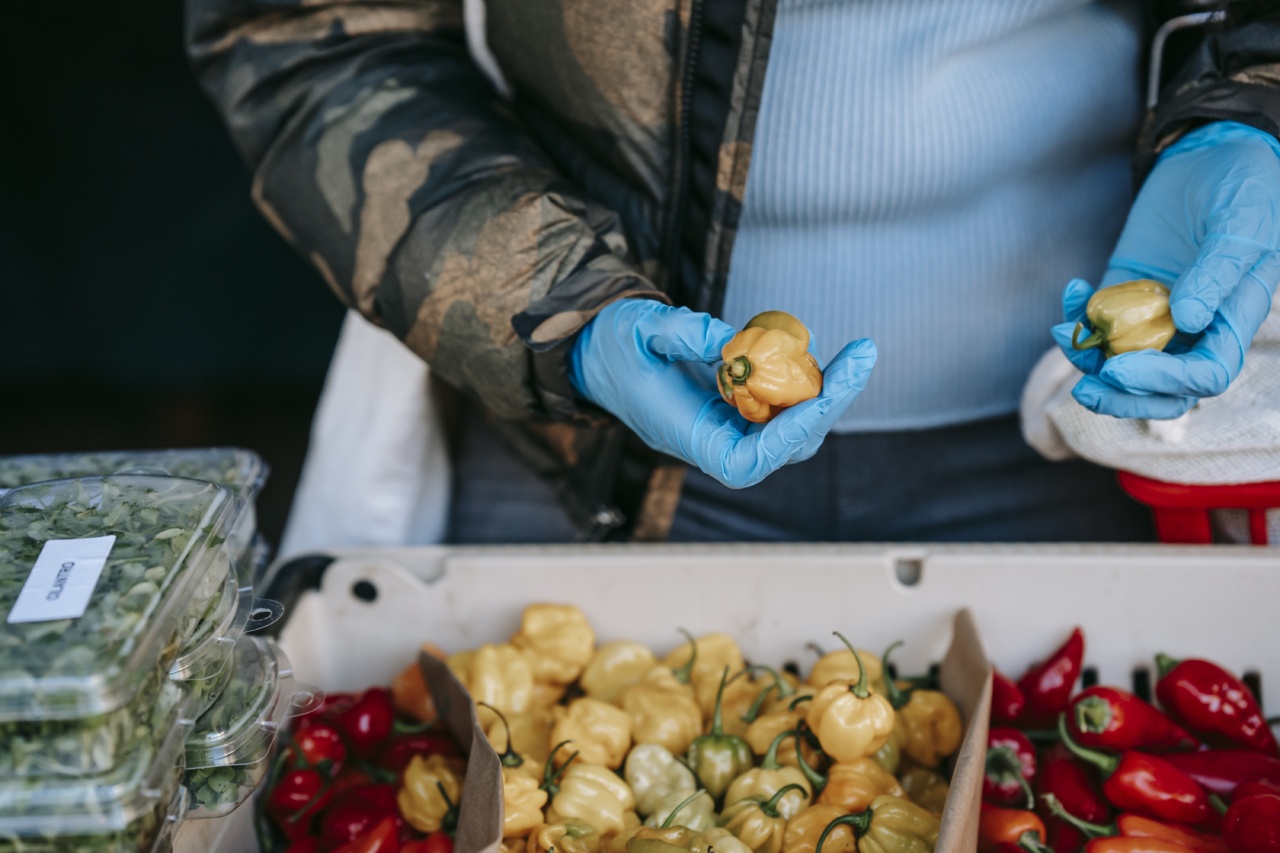Diabetes is a chronic condition characterized by high blood sugar levels. There are two main types of diabetes: Type 1, which is usually diagnosed in childhood, and Type 2, which usually develops later in life.
While genetics can play a role in the development of diabetes, lifestyle factors, such as poor diet and lack of exercise, are also major contributing factors.
Fortunately, making healthy food choices can help lower your risk of developing diabetes.
By incorporating the following foods into your diet, you can help keep your blood sugar levels stable, maintain a healthy weight, and reduce your risk of diabetes.
Vegetables
Vegetables are an excellent source of fiber and have a low glycemic index, which means they don’t cause big spikes in blood sugar levels. Leafy greens, such as spinach, kale, and collards, are especially beneficial for reducing diabetes risk.
These greens are high in vitamin C, which can help improve insulin sensitivity, and magnesium, which has been shown to lower the risk of Type 2 diabetes.
Other good vegetable choices include broccoli, cauliflower, bell peppers, carrots, and cucumbers. Aim to eat at least 2-3 cups of vegetables per day.
Fruits
Like vegetables, fruits are an excellent source of fiber and important nutrients. However, some fruits are higher in sugar than others, so it’s important to choose wisely.
Berries, such as blueberries and strawberries, are a great choice because they are low in sugar and high in antioxidants, which can help reduce inflammation and improve insulin sensitivity. Apples, pears, and citrus fruits are also good choices.
Avoid fruits that are canned in syrup or have added sugars. Aim for 1-2 servings of fruit per day.
Lean Protein
Protein is an important macronutrient that helps keep you full and can help stabilize blood sugar levels. However, some protein sources, such as red meat and processed meats, have been linked to an increased risk of diabetes.
Instead, choose lean protein sources, such as chicken, turkey, fish, eggs, and Greek yogurt.
Plant-based protein sources, such as tofu, tempeh, and edamame, are also great choices. These plant-based proteins also contain fiber, which can further help stabilize blood sugar levels. Aim for 2-3 servings of protein per day.
Fiber-rich Whole Grains
Whole grains, such as brown rice, quinoa, and whole wheat, contain fiber, which can help slow the absorption of glucose into the bloodstream. This helps prevent big spikes in blood sugar levels and can reduce the risk of diabetes.
In addition, whole grains contain important vitamins and minerals, such as B vitamins and magnesium, which can help improve insulin sensitivity.
Avoid refined grains, such as white bread and pasta, which have been stripped of their fiber and nutrients. Aim for at least 3 servings of whole grains per day.
Nuts and Seeds
Nuts and seeds are a great source of healthy fats, protein, and fiber. Studies have shown that eating nuts may reduce the risk of diabetes, likely due to their high content of healthy fats and nutrients.
In particular, walnuts and almonds have been shown to help improve insulin sensitivity.
Other good seed and nut choices include chia seeds, pumpkin seeds, and flaxseeds. However, nuts and seeds are also high in calories, so it’s important to eat them in moderation. Aim for 1-2 servings of nuts and seeds per day.
Legumes
Legumes, such as lentils, chickpeas, and kidney beans, are a great source of protein, fiber, and important nutrients.
Studies have shown that eating legumes may reduce the risk of diabetes, possibly because they help stabilize blood sugar levels and improve insulin sensitivity.
Other good legume choices include black beans, navy beans, and pinto beans. Aim for at least 1-2 servings of legumes per day.
Foods to Avoid
In addition to choosing healthy foods, it’s important to limit or avoid certain foods that can increase the risk of diabetes. These include:.
- Sugar-sweetened beverages, such as soda and sports drinks
- Processed foods, such as chips, cookies, and fast food
- Highly refined grains, such as white bread and pasta
- Red meat and processed meats, such as bacon and sausage
- Saturated and trans fats, such as fried foods and baked goods
By choosing healthy foods and limiting or avoiding unhealthy ones, you can significantly lower your risk of diabetes and improve your overall health.
Conclusion
Incorporating the above foods into your diet can help lower your risk of diabetes and improve your overall health.
By choosing nutrient-dense foods that are high in fiber and important nutrients, you can help keep your blood sugar levels stable and reduce inflammation in your body. If you are at risk for diabetes or have already been diagnosed, talk to your doctor or a registered dietitian to develop a meal plan that is right for you.





























